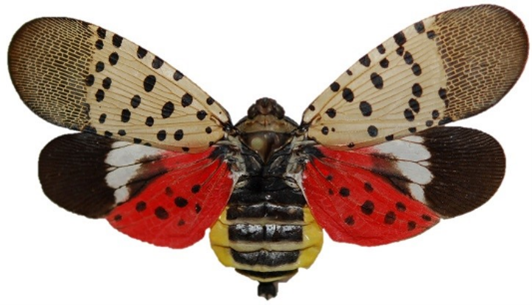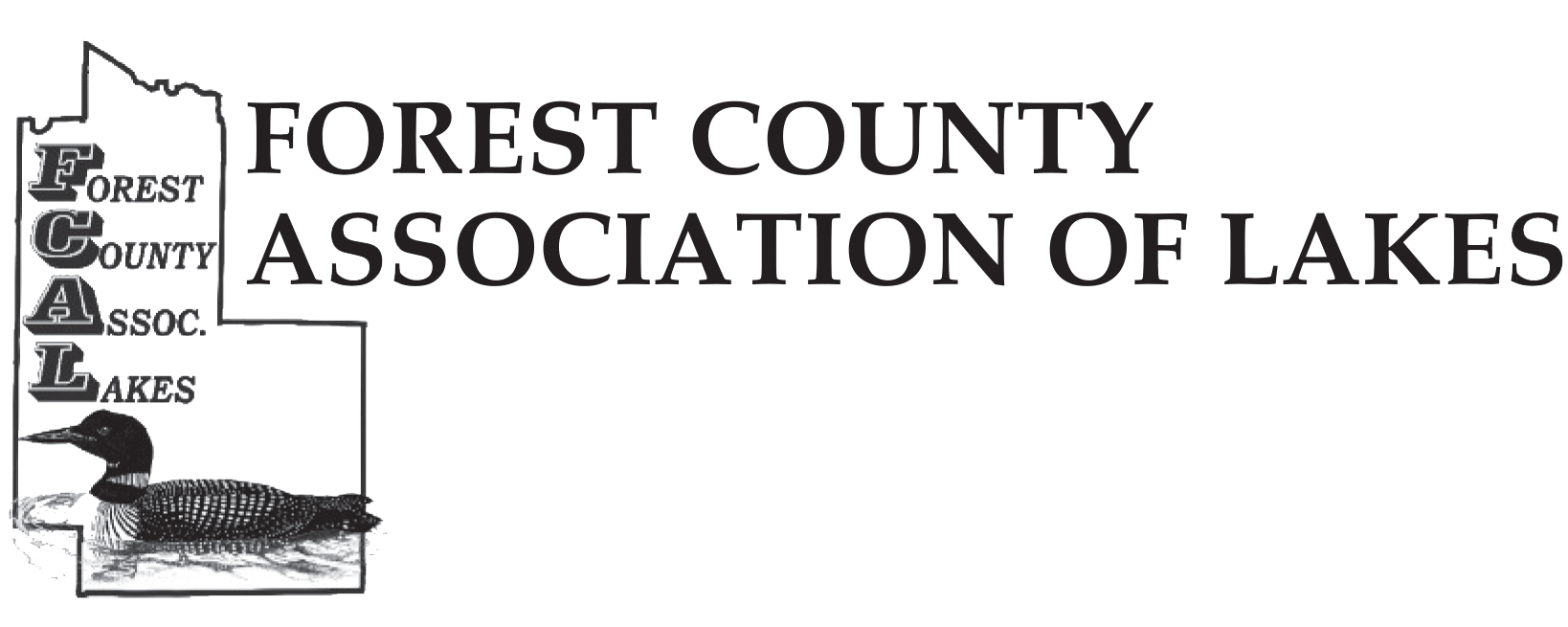
The Spotted Lanternfly is an invasive species native to Asia. In 2014 it was found in Pennsylvania and has since spread to multiple counties which are now quarantined.
If you see a spotted lanternfly, kill it, squash it, smash it…just get rid of it. In the fall, these bugs will lay egg masses with 30-50 eggs each. These are called bad bugs for a reason, don’t let them take over your county next.
The spotted lanternfly causes serious damage including oozing sap, wilting, leaf curling and dieback in trees, vines, crops and many other types of plants. In addition to plant damage, when spotted lanternflies feed, they excrete a sugary substance, called honeydew, that encourages the growth of black sooty mold. This mold is harmless to people however it causes damage to plants. In counties infested and quarantined for spotted lanternfly, residents report hundreds of these bad bugs that affect their quality of life and ability to enjoy the outdoors during the spring and summer months. Spotted lanternflies will cover trees, swarm in the air, and their honeydew can coat decks and play equipment.
In addition to damaging trees and affecting quality of life, the spotted lanternfly is a huge threat to Pennsylvania agriculture industry. The economic impact could total in the hundreds of millions of dollars and hundreds of thousands of jobs for those in the grapes, apple, hops, and hardwood industries.
The spotted lanternfly is approximately 1″ long and 1/2″ wide at rest. The forewing is grey with black spots and the wings tips are reticulated black blocks outlined in grey. The hind wings have contrasting patches of red and black with a white band. The legs and head are black; the abdomen is yellow with broad black bands. Immature stages are black with white spots, and develop red patches as they grow.

Conservation Corner is a weekly article produced by the Forest County Land & Water Conservation Department. For more information contact Steve Kircher, County Conservationist-Land Information/GIS Director at 715-478-1387 or by e-mail at .
